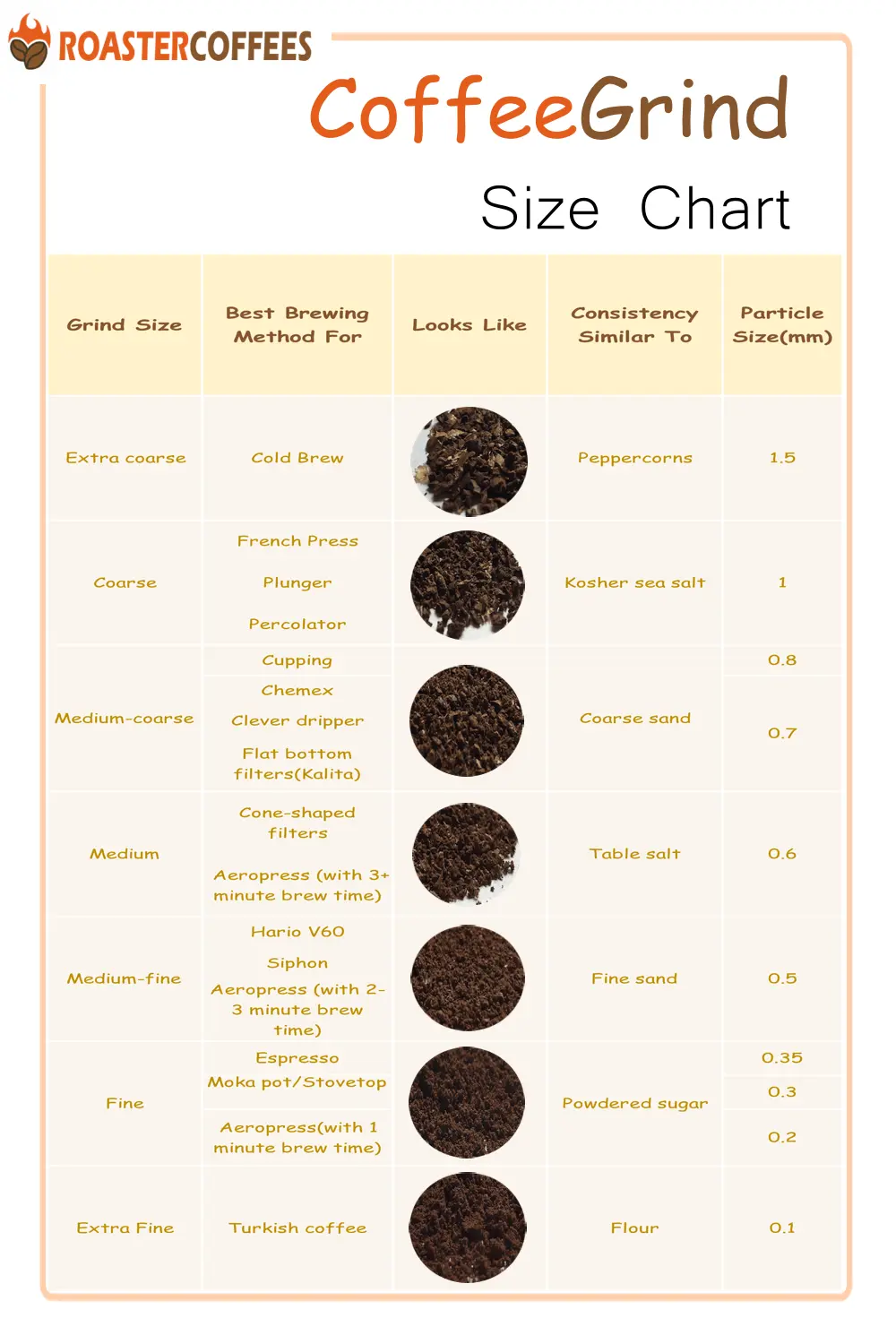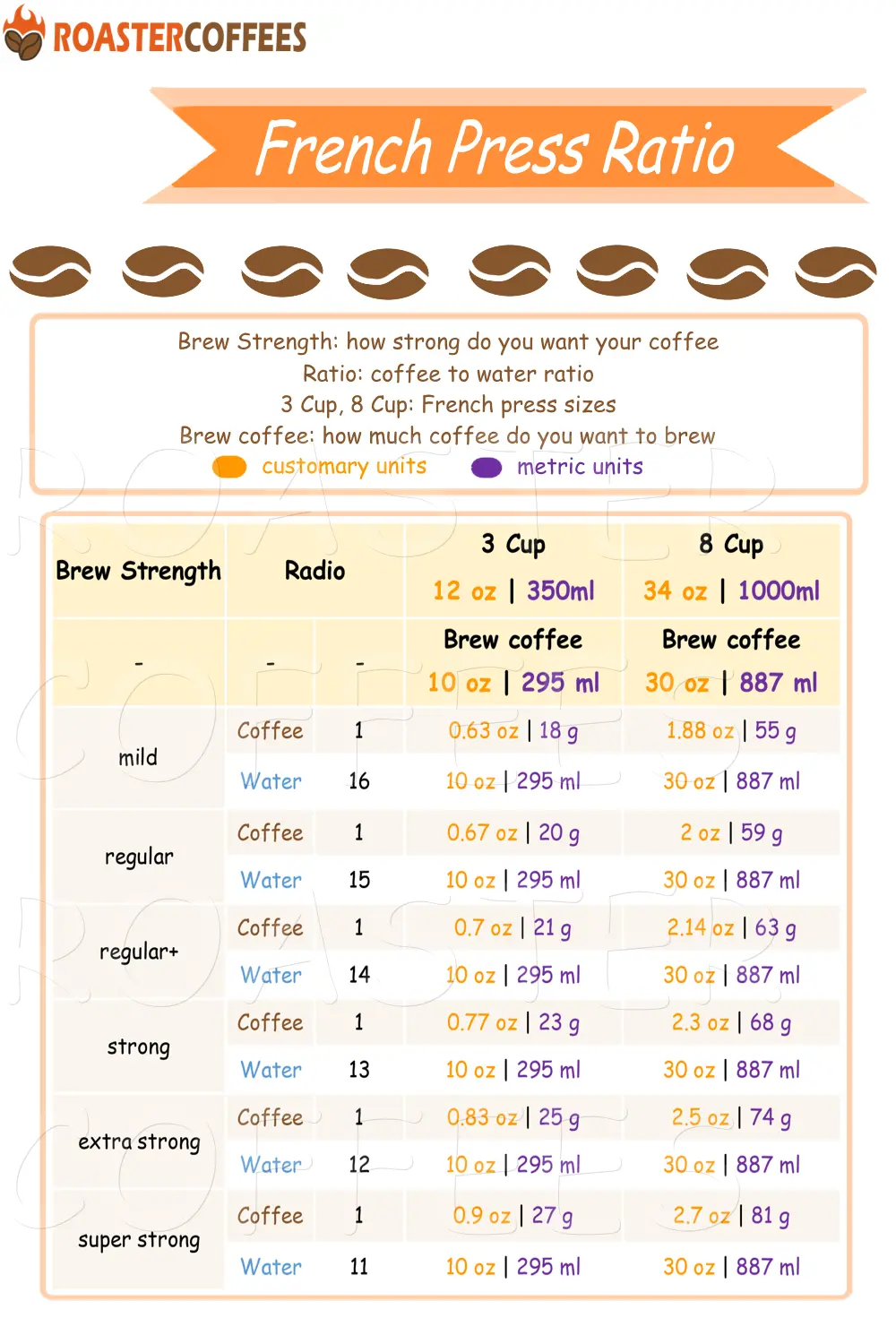Coffee and Beer: A Deep Dive Into the Fusion of Two Iconic Brews
Few beverages enjoy as much global affection and cultural significance as coffee and beer. One wakes you up, the other helps you wind down. Coffee and beer each have long-standing traditions, centuries-old brewing techniques, and deeply loyal fanbases.

In recent years, the fusion of coffee and beer has evolved from a niche curiosity into a serious craft trend. From coffee-infused stouts and porters to cold brew IPAs and barrel-aged coffee ales, the creative possibilities are seemingly endless. This article offers a comprehensive 3,000-word exploration of how coffee and beer interact, the science behind their pairing, brewing techniques, historical context, sensory dynamics, and what the future holds for this hybrid beverage trend.
The caffeine content of coffee and beer differs drastically, as coffee is known for its stimulating properties while beer contains alcohol, which has a depressant effect. A standard 8-ounce cup of brewed coffee contains roughly 80–100 milligrams of caffeine, although this amount can vary based on factors such as coffee bean type, roast level, grind size, and brewing method. Espresso, for example, packs more caffeine per ounce but is typically consumed in smaller volumes. On the other hand, beer contains no caffeine in its natural state, although some specialty or novelty beers may be brewed with coffee or added caffeine.
Using a caffeine calculator is an effective way to determine the exact amount of caffeine in your coffee, especially since variables like serving size and brew strength can influence caffeine levels. For instance, a strong cold brew may have significantly more caffeine than a mild drip brew, while a latte may contain less due to dilution with milk. The caffeine calculator helps compare these various preparations, making it easier to monitor your intake and avoid excessive consumption.
In contrast, beer’s stimulant-depressant balance is often misunderstood. While it may include flavors derived from coffee or chocolate, these additions are typically flavorings and do not significantly increase caffeine content unless intentionally infused. As such, beer is not used as a caffeine source and is more associated with relaxation and social consumption than alertness or energy.
In summary, coffee is a rich source of natural caffeine, ideal for morning routines or concentration, while beer is caffeine-free and suited for leisure. The caffeine calculator is a helpful tool for those who want to keep track of how much caffeine they consume through various types of coffee, offering a clear comparison to the negligible or non-existent caffeine levels in beer.
The Shared Ground: A Tale of Two Brews
Despite their distinct functions and characteristics, coffee and beer have surprising parallels. Both beverages are rooted in agricultural traditions—coffee begins with the cherry of the Coffea plant, and beer starts with grains like barley or wheat. Both rely on complex processes of fermentation, roasting or malting, and brewing. They are deeply sensory-driven, with attention to aroma, mouthfeel, body, and flavor.
But what brings them together creatively is the richness of their flavor profiles. Coffee is often described as earthy, chocolatey, fruity, or nutty—characteristics that pair harmoniously with the roasted malts, hops, and yeasts used in various beer styles.
A Brief History of Coffee-Beer Hybrids
The marriage of coffee and beer is not entirely new. Early examples can be traced back to the 1990s craft beer revolution in the United States, when brewers began experimenting with adjunct ingredients to push flavor boundaries. Coffee, with its bold and distinct profile, quickly emerged as a favorite.
Early Innovations
The use of coffee in dark ales—particularly stouts and porters—became popular in the late 20th century. These beer styles naturally feature roasted barley and chocolate malt, which made them a perfect canvas for coffee infusion. Pioneers like Dogfish Head, Founders Brewing, and Stone Brewing released now-iconic coffee beers that drew attention to the potential of this collaboration.
Modern Expansion
Brewers are now introducing it into lagers, pale ales, IPAs, and even sours. Cold brew, espresso, coffee grounds, and even cascara (the dried coffee cherry skin) are being used in diverse ways, allowing for an explosion of styles that transcend traditional expectations.
Brewing Techniques: How Coffee Is Added to Beer
Brewers must consider how coffee’s volatile aromatics and bitter compounds will interact with the beer's ingredients. Too much coffee or poor timing can lead to off-flavors.
1. Cold Brew Addition
Cold brew coffee is one of the most popular methods for infusing beer. It minimizes acidity and bitterness while enhancing smooth chocolate or caramel notes. Cold brew is often added during the conditioning phase (after fermentation), preserving its aroma and flavor.

2. Whole Bean Steeping
Some brewers steep whole roasted coffee beans in fermented beer for several days. This method can provide a more subtle, nuanced extraction and reduce the risk of over-extraction, which can result in bitterness.
3. Ground Coffee Addition
Freshly ground coffee can be added to the beer, usually via a dry-hopping-like process. However, this method carries more risk of over-extraction and bitterness if not carefully monitored.
4. Espresso Shot Blending
Espresso can be added directly to the beer for an intense, concentrated flavor. This method is most effective in smaller batches or for experimental releases, as the oil and crema can interfere with carbonation and head retention.
5. Barrel Aging with Coffee
Some breweries age beer in barrels previously used for coffee storage, or combine barrel-aging techniques with coffee additions. The interplay of oak, residual alcohol (like bourbon or rum), and coffee compounds adds depth and complexity.
Flavor Pairings: What Works and Why
Here’s a guide to common beer styles and how they interact with coffee:
1. Stouts and Porters
Best Pairings: Ethiopian coffee, Sumatran beans, dark roasts
Flavor Synergy: These dark ales naturally carry flavors of chocolate, caramel, and roasted grain. Coffee enhances the roastiness while adding depth.
Recommended Style: Coffee Milk Stout, Espresso Porter
2. Brown Ales
Best Pairings: Medium-roast Colombian or Brazilian coffees
Flavor Synergy: Nutty, malty, and smooth. Coffee adds richness without overwhelming the base beer.
Recommended Style: Coffee Brown Ale
3. IPAs and Pale Ales
Best Pairings: Light-roast African coffees with citrus or berry notes
Flavor Synergy: Hoppy beers need coffees that complement their fruitiness without clashing. Cold brew with floral or tea-like notes works well.
Recommended Style: Coffee IPA
4. Lagers and Pilsners
Best Pairings: Subtle cold brews, cascara, or coffee extracts
Flavor Synergy: Crisp and clean beers benefit from delicate coffee additions that provide aroma without overpowering the palate.
Recommended Style: Cascara-infused Lager
5. Sours and Goses
Best Pairings: Natural processed coffees with fruity acidity
Flavor Synergy: This is a bold move, but the fruity esters in some sours pair surprisingly well with bright, fruity coffees. Think passion fruit, cherry, or citrus-forward brews.
Recommended Style: Coffee Berliner Weisse

Sensory Dynamics: Aroma, Acidity, Body, and Balance
Brewers must consider how coffee affects the sensory characteristics of beer:
Aroma: Coffee has more than 800 aromatic compounds, rivaling wine. When integrated well, it can add layers of complexity to a beer’s nose.
Acidity: The coffee’s origin and roast profile affect acidity. Washed Ethiopian beans bring brightness, while Sumatran beans offer earthiness.
Body: Coffee can enhance a beer’s perceived body, especially when brewed as cold brew or espresso. However, poor integration can make the beer feel thin or chalky.
Balance: The biggest challenge in coffee beer creation is achieving balance. Coffee should complement, not dominate. Sweetness, bitterness, carbonation, and alcohol all need to be aligned.
The Role of Coffee Origins and Roast Profiles
Coffee origin matters just as much as bean roast in the final beer. Here's how different profiles perform in beer applications:
African Coffees (e.g., Ethiopia, Kenya)
Tasting Notes: Bright acidity, floral, citrus, berry
Best Use: IPAs, sours, light ales
Roast Preference: Light to medium
South American Coffees (e.g., Brazil, Colombia)
Tasting Notes: Nutty, chocolatey, balanced
Best Use: Brown ales, porters, stouts
Roast Preference: Medium to dark
Asian Coffees (e.g., Sumatra, India)
Tasting Notes: Earthy, spicy, low acidity
Best Use: Strong ales, barrel-aged beers
Roast Preference: Dark
The relationship between coffee and beer lies primarily in how coffee's robust flavors can be incorporated into beer, particularly through the brewing process. While beer itself doesn’t naturally contain caffeine, many modern brewers add coffee to create unique beer styles such as coffee stouts, porters, and lagers. The coffee grind size chart becomes an essential factor in determining how coffee influences the flavor and caffeine content in beer.
When coffee is added to beer, the grind size of the coffee beans plays a crucial role in the extraction process. If the coffee is ground too fine, over-extraction can occur, leading to a bitter taste in the beer, which may overpower the subtle malt or hop notes of the beer. On the other hand, if the coffee is ground too coarsely, the extraction may be underwhelming, resulting in a weak or bland coffee flavor.
The coffee grind size chart can guide you in selecting the ideal grind for brewing coffee into beer. For instance, when brewing coffee for beer, medium or coarse grinds are often recommended, as these will allow for a more controlled extraction. For coffee stouts or porters, a medium-coarse grind will balance well with the beer’s rich flavors and ensure the coffee is present without overwhelming the profile.
Just as coffee grind size affects the taste and strength of coffee, it plays a similar role when used in brewing beer. The coffee grind size chart helps guide this process, ensuring the proper grind is used to achieve the desired intensity and depth of flavor. Additionally, for home brewing enthusiasts, understanding grind size is crucial to creating balanced and flavorful coffee-infused beers.
Industry Perspectives: What Brewers and Roasters Say
From the Brewer’s Side
Many brewers view coffee as both an exciting ingredient and a volatile one. The variability in bean quality, roast freshness, and grind size requires close coordination with roasters. Successful collaborations often involve extensive test batches and sensory evaluation.
From the Roaster’s Side
Roasters are increasingly developing profiles specifically for beer collaborations. Some even offer “beer-specific roasts” that emphasize flavor clarity, sweetness, or body. The freshness of the roast is critical—too fresh, and the CO₂ content can alter the flavor extraction; too old, and you lose aroma.
Emerging Trends in Coffee-Beer Fusion
1. Nitro Coffee Beers
Nitrogen-infused beers, already popular in stouts, are being combined with cold brew for a silky, cascading mouthfeel.
2. Cascara Beer
Using dried coffee cherry skins (cascara) offers tea-like complexity and fruitiness without the intensity of brewed coffee.
3. Coffee Sours and Mixed Fermentation
Brewers are pushing boundaries by using coffee in wild fermentation beers. These are complex, funky, and often polarizing.
4. Coffee-Infused Non-Alcoholic Beers
With the rise of alcohol-free options, brewers are experimenting with coffee to deliver bold flavors without the booze.
Tips for Home Brewers and Enthusiasts
If you're considering making your own coffee-infused beer at home, here are a few tips:
Start Small: Begin with a small test batch to gauge how the coffee impacts flavor.
Cold Brew Is Safer: It’s more forgiving and less likely to introduce bitterness or off-flavors.
Avoid Boiling Coffee: High temperatures can destroy delicate coffee aromatics.
Pair by Flavor: Choose a coffee that complements your beer style. For example, use fruity coffees in hop-forward beers and earthy coffees in dark ales.
Mind the Timing: Add coffee post-fermentation to preserve its aromatic qualities.
Conclusion: A Marriage of Complexity
Coffee and beer are both complex, beloved, and steeped in tradition. Their fusion is not a gimmick but a natural evolution of flavor exploration. When crafted with skill, coffee beers can express the best of both beverages—rich, nuanced, and layered with history and innovation.
For professional baristas, brewers, or curious enthusiasts, this fusion offers a canvas of unlimited creativity. Whether you're sipping on a chocolatey stout kissed with espresso or a citrusy IPA laced with floral cold brew, you’re participating in a movement that celebrates the union of two iconic worlds—coffee and beer.
References:
The Ultimate Guide To Iced Coffee
How Temperature Dictates The Perfect Cup Of Coffee